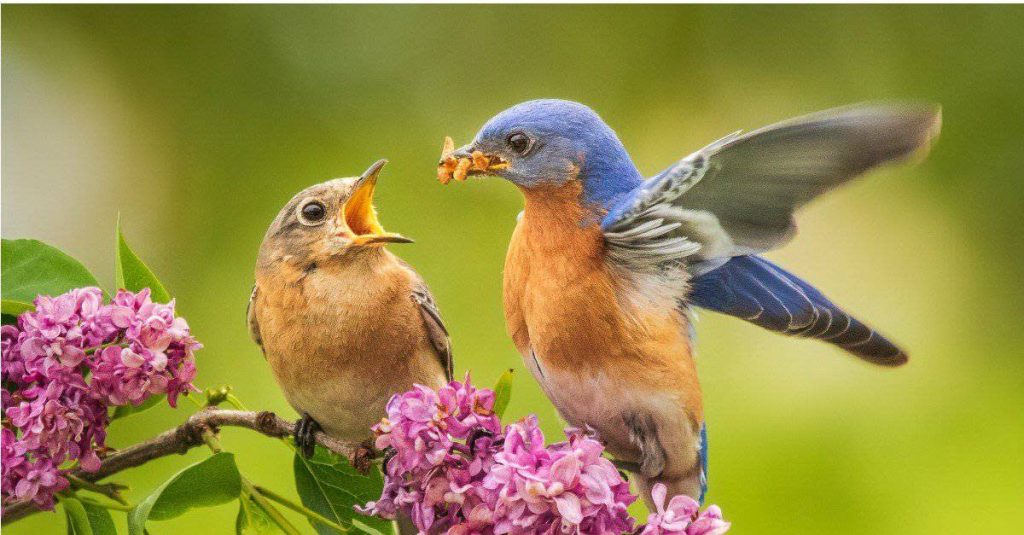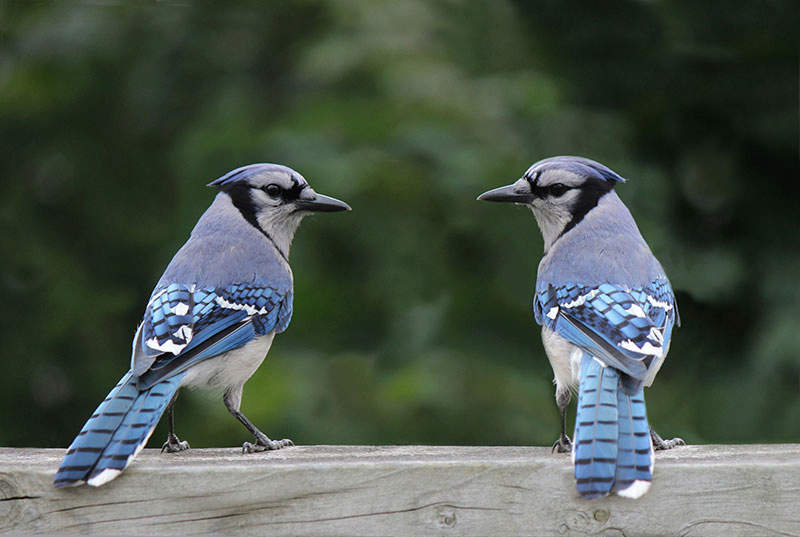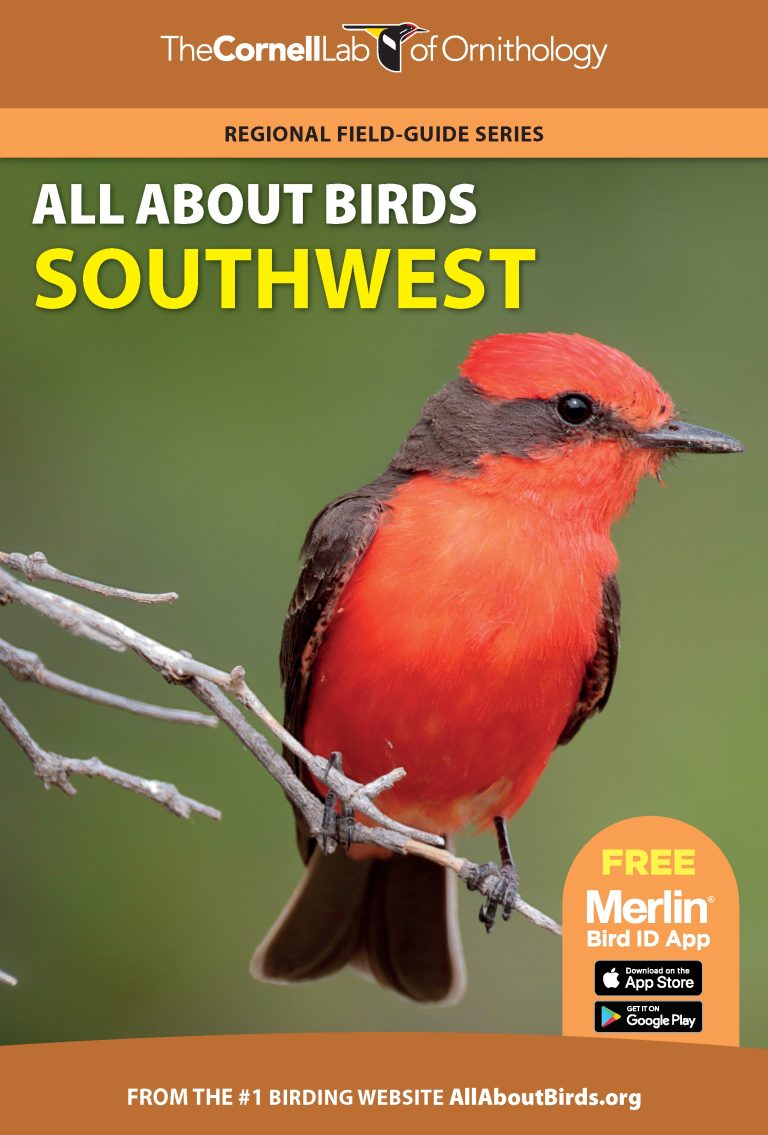Discovering the Variances between Bluebirds and Blue Jays
Bluebirds and blue jays are both small birds with blue feathers, but they come from different families and have distinct physical features and behaviors. Bluebirds belong to the thrush family and have lighter blue feathers on their back and wings, with a reddish-orange breast and white belly.
They are smaller and thinner than blue jays, and are commonly found in open fields and near forests. Bluebirds have a melodious and gentle chirp, while blue jays are loud and raucous with distinctive crests on their heads. Blue jays belong to the crow family and have deeper blue feathers on their back and wings, with white and black markings on their head and neck.
They are larger and stockier than bluebirds, and are found in forests and suburban areas. Blue jays also have a penchant for stealing food from other birds and make a variety of calls, including mimicking other birds and animals.
The Evolution And Habitat Of Bluebirds And Blue Jays
Bluebirds and blue jays are types of birds commonly found in north america. While they may share similarities, there are several distinct differences between them. In this blog post, we will delve into their evolution, physical characteristics, and habitats, so you can differentiate between these two beautiful birds.
Physical Characteristics Of Bluebirds And Blue Jays
Beak shape and size:
- Bluebirds have small, slightly curved beaks, which they use to eat insects and berries.
- Blue jays have longer, more slender beaks that are ideal for cracking nuts and seeds.
Feather colors and pattern:
- Bluebirds boast striking blue feathers on their backs and wings, with a rusty-red breast.
- Blue jays are also predominantly blue but with splashes of white on their faces and underside. They have a black collar around their necks and a distinctive crest on their heads.
Wing and body structure:
- Bluebirds have short, rounded wings that enable quick, darting movements when hunting insects.
- Blue jays have longer wings that allow for sustained flight over greater distances. They also have a stockier body, which gives them more bulk when flying.
Eye shape and color:
- Bluebirds have round, dark eyes that create an endearing appearance.
- Blue jays have dark eyes that are slightly elongated, giving them a somewhat serious look.
Habitat And Geographical Distribution
Bluebirds habitat:
- Bluebirds live in open fields, meadows, and woodlands, with ideal conditions for nesting including dead tree snags and nest boxes.
- They are predominantly found in north america, with three different species: The eastern, western, and mountain bluebirds.
Blue jays habitat:
- Blue jays prefer to live in wooded areas and can commonly be found in urban parks. They are found across north america, except for areas with extremely harsh climates.
Comparison of habitats:
- Bluebirds prefer more open areas, while blue jays prefer wooded areas.
- Bluebirds are more localized and have specific nesting preferences, while blue jays can adapt to various habitats.
Behavioral Differences Between Bluebirds And Blue Jays
Bluebirds and blue jays are two types of passerine birds found in north america. Despite both being blue in color, they differ significantly in their behavioral patterns. Let’s explore their unique characteristics and behaviors.
Bluebirds’ Behaviors
Bluebirds are considered cavity nesters, meaning they seek shelter in natural cavities in trees or nest boxes built by humans. Here are some key points about their behaviors:
- Mating habits and reproduction: Bluebirds tend to form monogamous pairs during the breeding season, which lasts from february to july. They typically lay 2 to 7 eggs and will lay multiple broods per season if conditions permit.
- Foraging and diet: Bluebirds are primarily insectivores and will forage on the ground or low branches. They have a unique way of hunting where they perch on a high branch and swoop down to catch their prey.
- Communication and social behaviors: Bluebirds have a melodious song that they use to communicate and defend territories. They have a tendency to be social and may nest in loose groups.
Blue Jays’ Behaviors
Blue jays, on the other hand, have a bold and noisy personality. They are also known for their intelligence and adaptability. Here are some key points about their behaviors:
- Mating habits an reproduction: Blue jays typically form monogamous pairs but will occasionally participate in group mating. They lay 2 to 7 eggs in a season.
- Foraging and diet: Blue jays are opportunistic omnivores and will feed on various things, including insects, fruits, seeds, and nuts. They are known to hoard food in the fall in preparation for winter.
- Communication and social behaviors: Blue jays are extremely vocal and use a variety of calls to communicate with one another. They are also known to be highly social and will form groups for foraging and protection.
While bluebirds and blue jays share some similarities, they differ greatly in their behavioral patterns. Whether it’s their mating habits, foraging techniques, or social behaviors, each bird has its unique way of thriving in its environment.
Unique Songs Of Bluebirds And Blue Jays
Bluebirds and blue jays are two different bird species that are often confused with one another. While both of them are brightly colored and belong to the same family of birds, their songs differ significantly. Unique songs of bluebirds and blue jays are what sets them apart from each other.
Let’s find out more about their songs.
Characteristics Of Bluebirds Songs
Bluebirds are known for their musicality, and their songs are soothing to the ear. They communicate through their songs with other members of their species and use them to claim their territory or attract their mates. Below are some key characteristics of bluebird songs:
- Song tonality and rhythm: Bluebirds have a melodious and warbling song that is soothing to the ear. Their songs consist of two or three phrases that repeat several times, with each phrase ending in a slightly higher pitch.
- Territorial songs: Male bluebirds use their songs to defend their territory and warn off other male birds. Their territorial songs are loud and clear and can be heard over long distances.
- Mating songs: Bluebirds sing to attract their mates. They have a separate song for courtship, which is softer and gentler than their territorial song. They sing while perched on a tree or a fence and puff up their feathers to appear more attractive to their potential mate.
Characteristics Of Blue Jays Songs
While blue jays are not known for their melodious songs like bluebirds, they still have a distinctive vocalization that sets them apart from other birds. Blue jays use their songs to communicate with other members of their species, indicate danger or to establish their territory.
Below are some key characteristics of blue jay songs:
- Song tonality and rhythm: Blue jay songs are harsh and sound like a mixture of squawks and whistles. Their songs are usually short and choppy and repeated two or three times before moving on to the next song.
- Communication songs: Blue jays use a variety of songs to communicate with other members of their species. They have a specialized language for indicating food sources, and they use different calls for different predators to warn other birds of danger.
- Alarm call songs: Blue jays have a distinct alarm call that is harsh and loud and sounds like a hawk’s scream. They use this call to warn other birds in the area of the presence of a predator.
While bluebirds and blue jays belong to the same family of birds, their songs are vastly different. Bluebirds have a melodious and warbling song, while blue jays have a harsh and choppy song. Although both species use their songs for similar purposes, such as claiming their territory and attracting their mates, they have evolved different ways to communicate effectively with their species.
Environmental And Ecological Significance Of Bluebirds And Blue Jays
Bluebirds and blue jays may look similar, but they have several differences, including their environmental and ecological significance. In this post, we’ll take a closer look at these beautiful birds and explore their importance in the ecosystem.
Importance Of Bluebirds In Ecosystem
Bluebirds are small birds that play a significant role in maintaining the balance of the ecosystem. Here are some key points about their ecological significance:
- Cavity dwellers: Bluebirds are cavity dwellers, meaning they build their nests in tree cavities or nest boxes. By nesting in these spaces, they help to maintain the health of the trees and provide homes for other animals.
- Insect control: Bluebirds primarily feed on insects, making them effective at controlling insect populations in forests and gardens. By reducing the number of insects, bluebirds improve the quality of the environment for other animals and plants.
- Seed dispersal: Bluebirds also play a role in seed dispersal. They eat fruits and berries and then spread the seeds throughout the environment, helping to regenerate plant life.
Importance Of Blue Jays In Ecosystem
Blue jays are known for their striking blue plumage and loud calls. Here are some key points about their ecological significance:
- Predators and scavengers: Blue jays are apex predators and scavengers. They prey on insects, small animals, and sometimes even other birds. They also scavenge for food, helping to maintain the cleanliness of the environment.
- Seed dispersal: Blue jays are important for seed dispersal. They eat acorns and other seeds, which they disperse throughout their habitat, helping to maintain biodiversity.
- Plant regeneration: Blue jays play a role in plant regeneration. They also help to prevent the spread of invasive plant species by spreading native plant seeds.
Both bluebirds and blue jays play an important role in the ecosystem. Bluebirds control insect populations, nest in trees, and aid in seed dispersal. Blue jays are apex predators, scavenge for food, and help with seed dispersal and plant regeneration.
By understanding the ecological significance of these birds, we can work to protect and preserve their habitats, ensuring a healthy environment for all species.
Frequently Asked Questions Of What’S The Difference Between A Bluebird And A Blue Jay
What Is The Physical Difference Between A Bluebird And A Blue Jay?
Bluebirds are smaller and plumper, with round heads and short tails, while blue jays are bigger and slimmer with a crest on their head and longer tails.
Where Are Bluebirds And Blue Jays Typically Found?
Bluebirds are found in open woodlands, orchards, and fields while blue jays are generally found in forests, parks, and suburban areas.
What Do Bluebirds And Blue Jays Eat?
Bluebirds prefers insects and fruits while blue jays’ diet includes insects, seeds, nuts, and fruits.
What Are The Unique Behaviours Of Bluebirds And Blue Jays?
Bluebirds are known for their melodious and gentle singing while blue jays are known for their harsh calls and protective behaviour over their nests.
What Are The Breeding Habits Of Bluebirds And Blue Jays?
Bluebirds typically nest in cavities while blue jays build their nest on the branches of trees. Both species mate for life and lay eggs in late winter to early spring.
Conclusion
While both bluebirds and blue jays share the same striking shade of blue, their physical appearance and behavior differ greatly. Bluebirds are small and have a reddish-brown breast, while blue jays are larger and have a distinct crest on their head.
Bluebirds prefer open spaces and wooden areas, whereas blue jays are more commonly found in residential areas. Additionally, bluebirds have a gentle and melodious song, while blue jays are known for their harsh screeches. Understanding the difference between these two birds can help bird enthusiasts better appreciate their unique qualities and allow for easier identification in the wild.
So, next time you spot a blue bird, take a closer look and see if you can distinguish whether it’s a bluebird or blue jay.
Published on June 29, 2023 | Last Updated on July 1, 2025 by Rifat Ahmed









